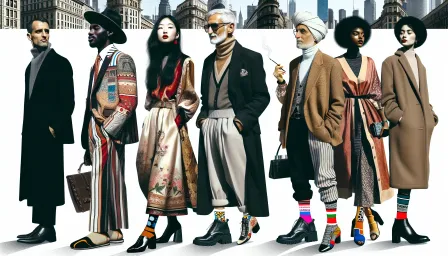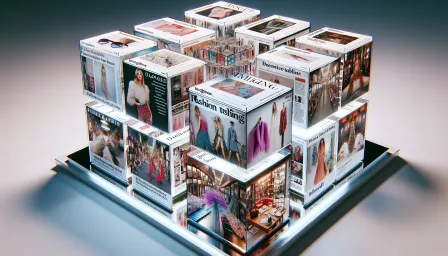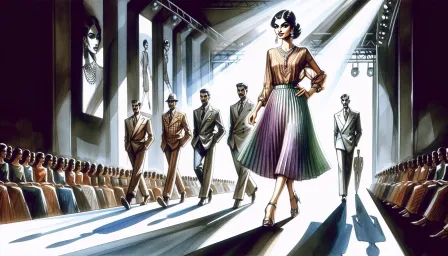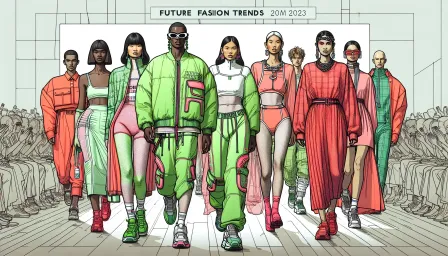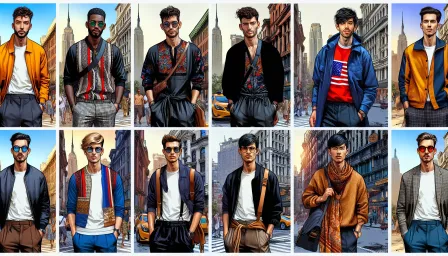Mastering Fashion Photography Editing: Tips and Tricks for Stunning Results
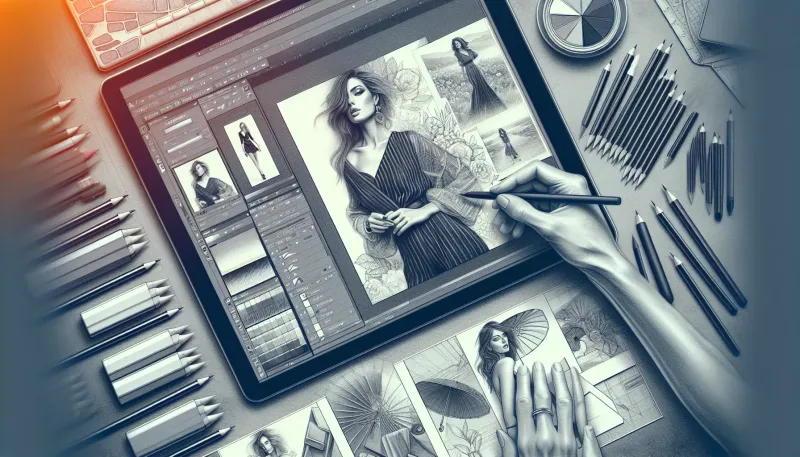
Discover essential tips and tricks for fashion photography editing to achieve stunning results. Learn how to enhance your photos with expert techniques and tools.
Fashion photography editing is an essential skill for any photographer aspiring to produce captivating images that stand out. From enhancing the vibrancy of colors to correcting imperfections, the editing process can transform a good photo into a great one. In this article, we will explore comprehensive tips and tricks that will help you master the art of fashion photography editing.
Understanding the Basics of Fashion Photography Editing
The foundation of effective fashion photography editing lies in a solid understanding of the basic principles. Before diving into complex techniques, familiarize yourself with the following:
1. Software Selection
Choosing the right software is crucial for achieving professional results. Some popular choices among fashion photographers include:
- Adobe Photoshop: Known for its versatility and comprehensive toolset.
- Adobe Lightroom: Great for batch processing and non-destructive editing.
- Capture One: Ideal for high-quality raw image processing.
2. Essential Editing Tools
Familiarize yourself with essential editing tools such as:
- Clone Stamp Tool: Perfect for removing blemishes and imperfections.
- Dodge and Burn Tools: Useful for highlighting and shading to add depth.
- Adjustment Layers: Enable precise color correction and tonal adjustments.
Advanced Editing Techniques for Fashion Photography
1. Skin Retouching
Flawless skin is a hallmark of fashion photography. Achieve this look by:
- Frequency Separation: A technique that separates texture from color to allow detailed skin corrections without affecting overall skin tone.
- Healing Brush and Clone Stamp: Tools for evening out skin texture and eliminating unwanted elements.
2. Enhancing Colors
Vibrant and accurate colors bring life to fashion photographs. Enhance colors by:
- Hue/Saturation Adjustments: Fine-tuning specific colors to achieve desired vibrancy and mood.
- Selective Color Correction: Isolating and adjusting colors in targeted areas for a more controlled look.
3. Controlling Light and Shadow
Creating the perfect balance of light and shadow can significantly impact the mood of your photograph. Techniques include:
- Dodge and Burn: Enhancing or softening areas to draw attention to specific parts of the image.
- Curves Adjustment: Fine-tuning tonal range and contrast for a polished final image.
4. Final Touches and Polishing
Finish with these touches to ensure your photos are polished and professional:
- Sharpening: Apply modest sharpening to enhance detail without creating noise.
- Noise Reduction: Use noise reduction tools to maintain image clarity, especially in lower light conditions.
- Vignetting: Adding a subtle vignette can direct viewer focus towards the subject.
Workflow and Best Practices
1. Non-Destructive Editing
Always edit in a non-destructive manner, using layers and adjustment layers, so you can easily make changes without affecting the original image.
2. Consistent Style
Developing a consistent editing style helps create a recognizable brand. Settle on a specific aesthetic and stick to it across your portfolio.
3. Backup and Organize
Regularly back up your work and keep your files organized with proper naming conventions and folder structures. This practice will save time and mitigate the risk of data loss.
Conclusion
Mastering fashion photography editing requires a blend of technical skills and creative vision. By understanding the basics, employing advanced techniques, and maintaining a consistent workflow, you can produce stunning images that leave a lasting impression. Remember, practice and continuous learning are key to refining your editing abilities. Now, go ahead and start transforming your fashion photographs with these expert tips and tricks!





